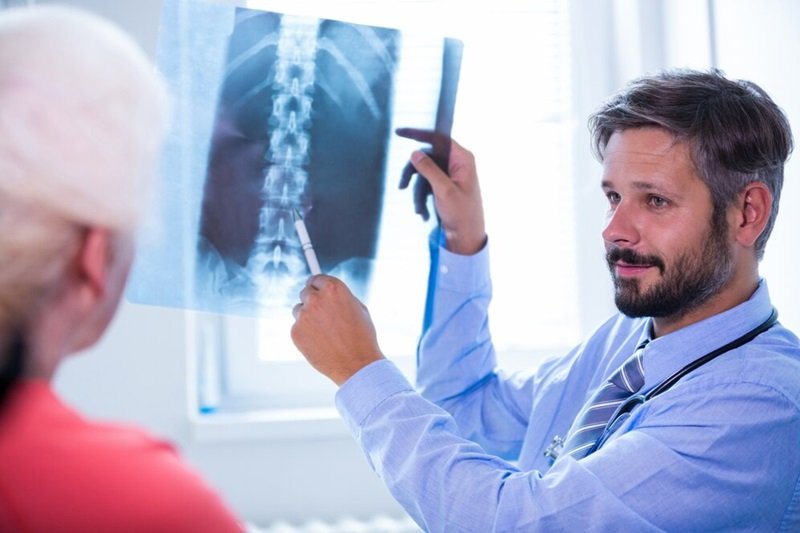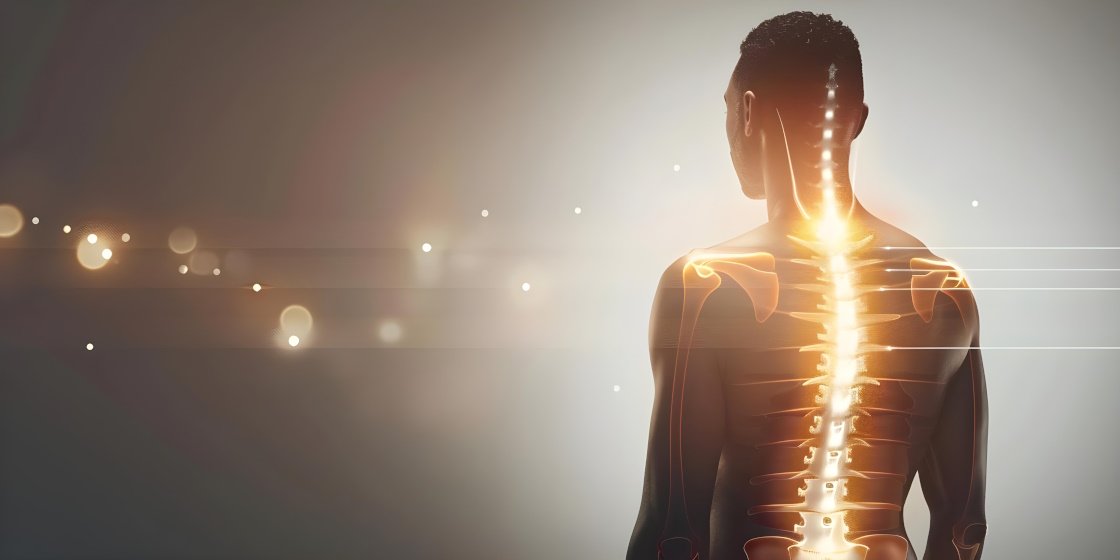Spinal pain is a common health issue affecting millions of people worldwide. Whether caused by lifestyle habits, injuries, or underlying medical conditions, back pain can severely impact daily life. Understanding its causes and exploring effective relief strategies is crucial for maintaining spinal health.
In this blog, we’ll dive into the major causes of spinal pain and discuss effective treatment options, with insights from the NeuroSpine Brain & Spine Clinic in Thane—a leading healthcare facility specializing in spine and brain disorders.
Common Causes of Spinal Pain
Spinal pain can stem from various sources, ranging from poor posture to serious medical conditions. Here are some of the most common causes:
1. Poor Posture and Sedentary Lifestyle
In today’s digital era, prolonged sitting and improper posture are leading causes of spinal pain. Working on computers for hours, slouching, and using mobile phones extensively can put excessive strain on the spine, leading to chronic discomfort.
How Poor Posture Affects the Spine:
- Puts pressure on spinal discs
- Leads to muscle stiffness and imbalances
- Causes misalignment of the vertebrae
- Increases the risk of degenerative disc diseases
2. Spinal Injuries and Accidents
Trauma from accidents, falls, or sports injuries can cause severe spinal pain. Whiplash, fractures, and herniated discs are common results of such injuries. Even minor injuries, if left untreated, can lead to long-term spinal issues.
3. Herniated or Bulging Discs
A herniated disc occurs when the soft inner material of a spinal disc pushes through its outer shell, pressing against nerves and causing pain. This condition is common in people who lift heavy weights incorrectly or engage in strenuous physical activities.
4. Degenerative Disc Disease
With aging, spinal discs gradually wear down, losing their ability to cushion the vertebrae. This degeneration can lead to conditions like osteoarthritis and spinal stenosis, resulting in chronic pain and reduced mobility.
5. Sciatica and Nerve Compression
Sciatica occurs when the sciatic nerve is compressed due to herniated discs or spinal stenosis. It leads to radiating pain from the lower back down to the legs. Symptoms may include numbness, tingling, and muscle weakness.
6. Spinal Stenosis
Spinal stenosis is the narrowing of the spinal canal, which puts pressure on nerves and causes pain, numbness, and weakness. It commonly affects older adults and is often linked to degenerative changes in the spine.
7. Osteoporosis and Weak Bones
Osteoporosis weakens bones, making them more susceptible to fractures. Spinal fractures can be extremely painful and may lead to long-term disability if not treated properly.
8. Inflammatory Conditions (Arthritis, Spondylitis)
Inflammatory conditions such as rheumatoid arthritis and ankylosing spondylitis can cause chronic spinal pain, stiffness, and reduced flexibility. These conditions require specialized medical treatment.
9. Obesity and Excess Weight
Carrying extra weight puts immense pressure on the spine, increasing the risk of disc degeneration and joint pain. Maintaining a healthy weight is crucial for spinal health.
10. Stress and Mental Health Factors
Chronic stress and anxiety can contribute to spinal pain by causing muscle tension and reducing pain tolerance. Addressing mental health is an important aspect of pain management.
Effective Relief Strategies for Spinal Pain
If you’re experiencing spinal pain, don’t worry—there are many effective strategies to relieve discomfort and improve your spinal health.
1. Correcting Posture and Ergonomics
- Use an ergonomic chair and maintain a straight posture while sitting.
- Keep your screen at eye level to avoid neck strain.
- Take regular breaks from sitting to stretch and move.
2. Regular Exercise and Stretching
Physical activity strengthens the muscles supporting the spine and improves flexibility. Low-impact exercises like yoga, swimming, and walking can significantly reduce back pain.
3. Physical Therapy and Chiropractic Care
A physical therapist can design a personalized exercise program to improve mobility and reduce pain. Chiropractic care can also help realign the spine and relieve pressure on nerves.
4. Pain Management Techniques
- Hot and Cold Therapy: Heat relaxes muscles, while ice reduces inflammation.
- Massage Therapy: Helps relieve muscle tension and improves blood circulation.
- Acupuncture: Can reduce chronic spinal pain by stimulating nerve function.
5. Medications and Injections
- Over-the-counter pain relievers (Ibuprofen, Acetaminophen) can provide temporary relief.
- For severe pain, doctors may recommend steroid injections to reduce inflammation.
6. Weight Management and Nutrition
Eating a balanced diet rich in calcium, vitamin D, and anti-inflammatory foods can strengthen bones and reduce pain.
7. Stress Management Techniques
Practicing mindfulness, meditation, and breathing exercises can help reduce stress-related back pain.
8. Surgical Options for Severe Cases
If non-surgical treatments fail, surgery may be necessary. Common procedures include:
- Microdiscectomy: For herniated discs.
- Spinal Fusion: To stabilize the spine.
- Laminectomy: To relieve nerve compression in spinal stenosis.
The NeuroSpine Brain & Spine Clinic in Thane offers advanced surgical and non-surgical treatments for spinal conditions, ensuring expert care for patients.
When to Seek Medical Attention?
If your spinal pain is persistent, severe, or accompanied by other symptoms like numbness, weakness, or difficulty walking, it’s time to consult a specialist. Delaying treatment can lead to complications and prolonged discomfort.
Conclusion
Spinal pain can affect anyone, but understanding its causes and taking proactive measures can help in its prevention and management. From lifestyle changes and physical therapy to medical treatments and surgery, various solutions can alleviate pain and restore spinal health.
If you’re struggling with spinal issues, consider consulting the NeuroSpine Brain & Spine Clinic in Thane for expert diagnosis and treatment. Taking care of your spine today can ensure a pain-free future!
Frequently Asked Questions (FAQs)
1. What is the most common cause of spinal pain?
Poor posture, prolonged sitting, and degenerative disc disease are among the leading causes of spinal pain.
2. Can spinal pain be treated without surgery?
Yes! Most spinal pain can be managed with physical therapy, medications, lifestyle changes, and non-surgical treatments like chiropractic care.
3. When should I see a doctor for spinal pain?
If your pain persists for more than a few weeks, worsens over time, or is accompanied by numbness, weakness, or difficulty moving, you should seek medical attention.
4. Does weight affect spinal health?
Yes, excess weight increases strain on the spine, leading to disc degeneration and back pain. Maintaining a healthy weight can reduce spinal stress.
5. How can I prevent spinal pain?
Maintaining good posture, staying active, using ergonomic furniture, and managing stress are key to preventing spinal pain.




